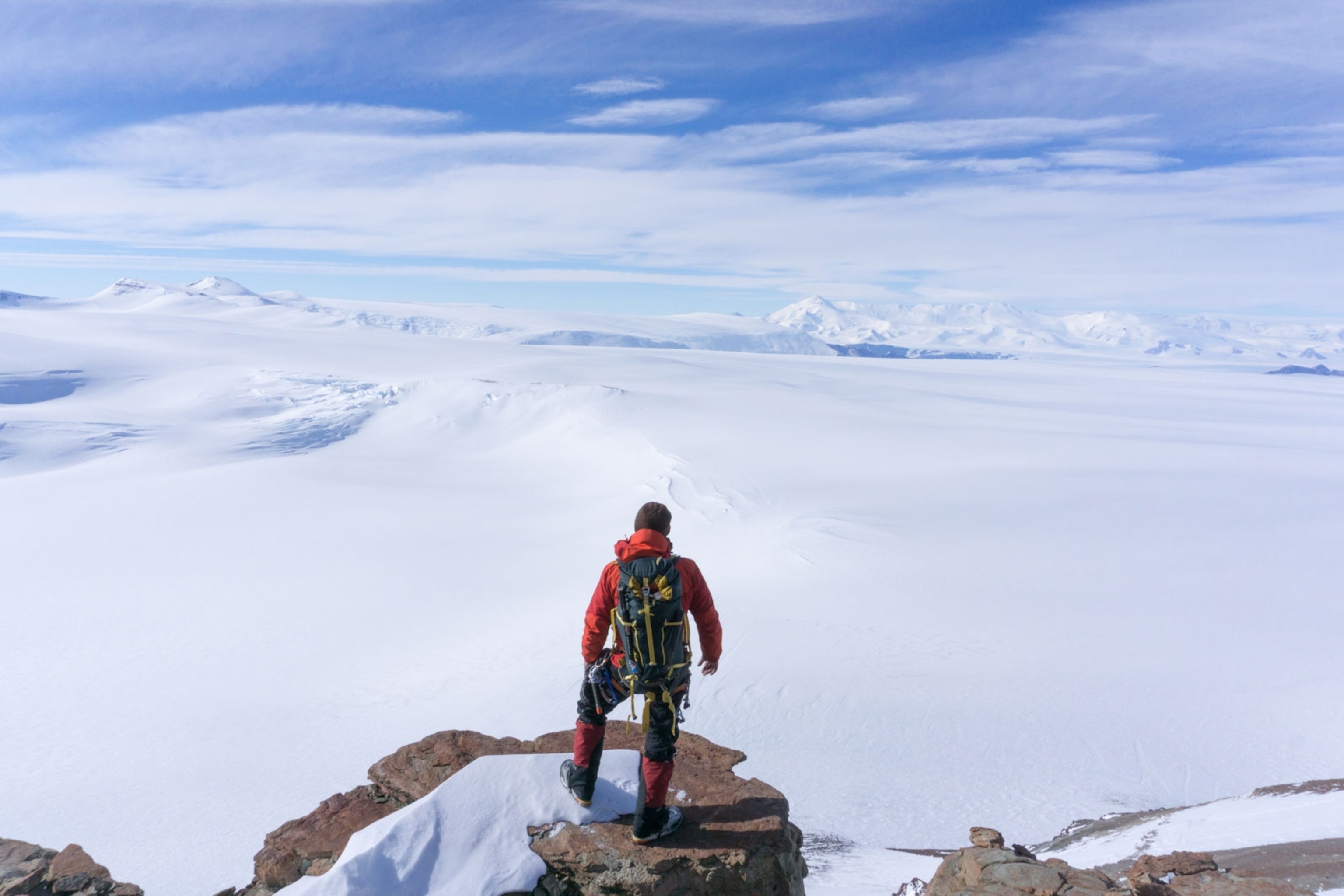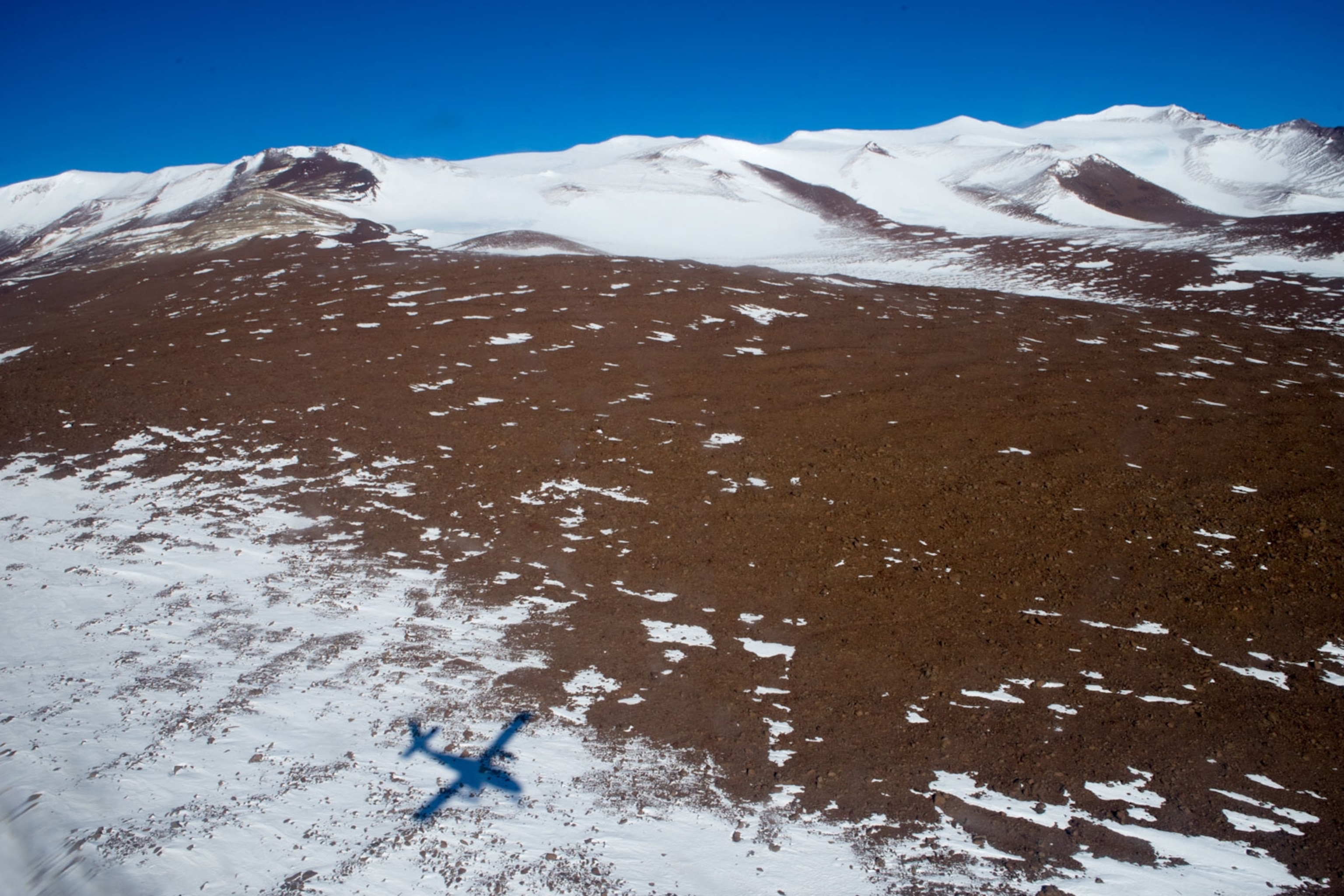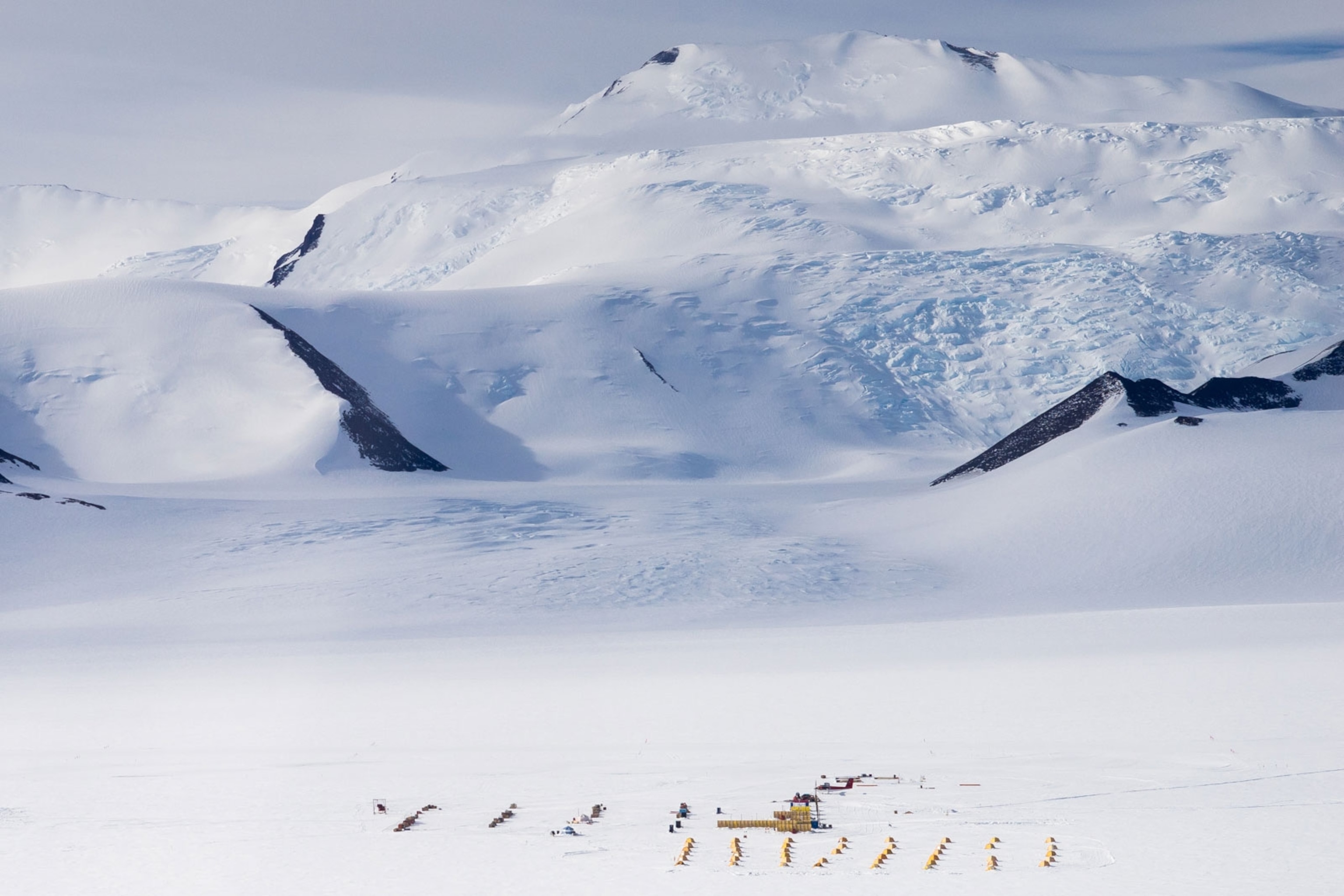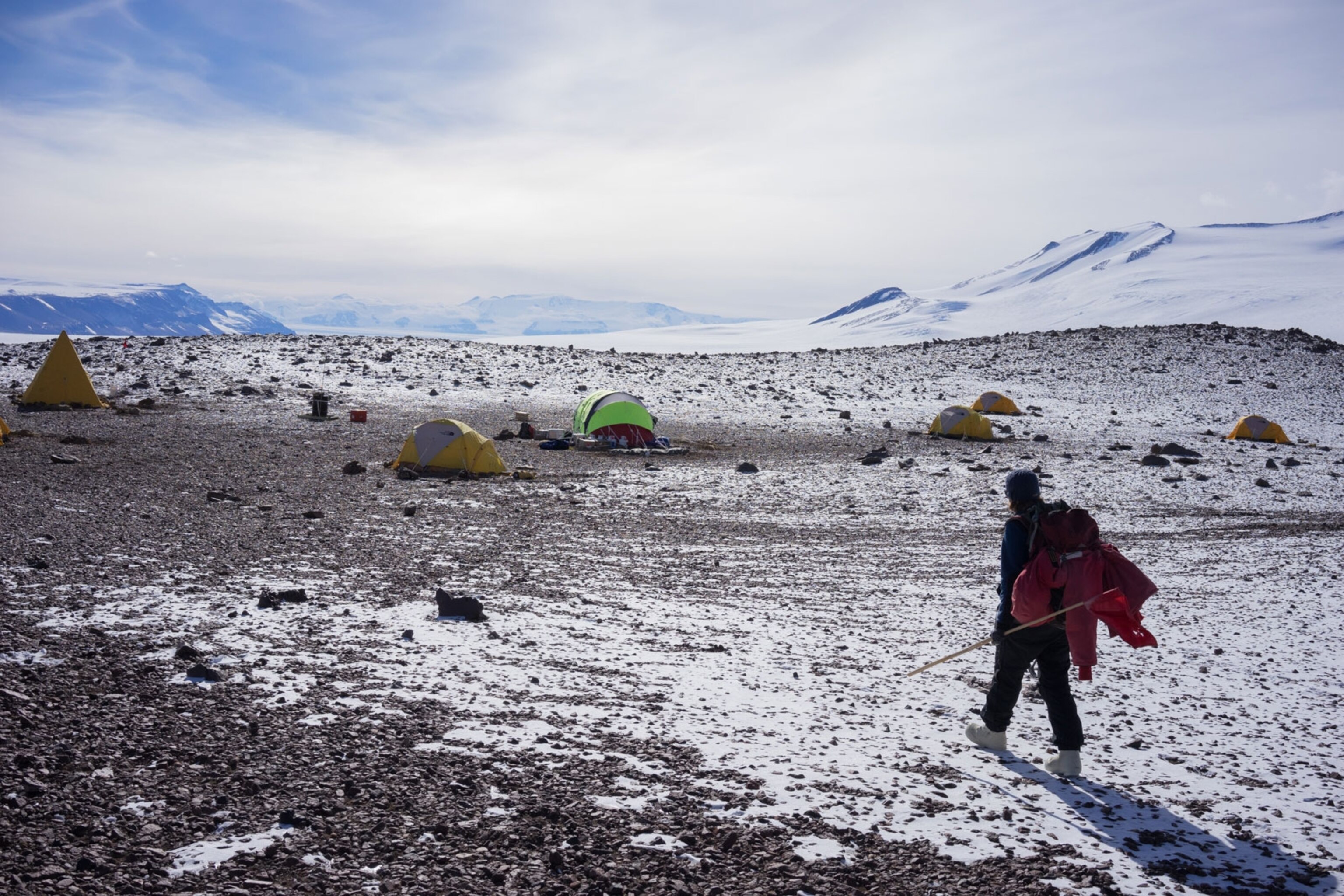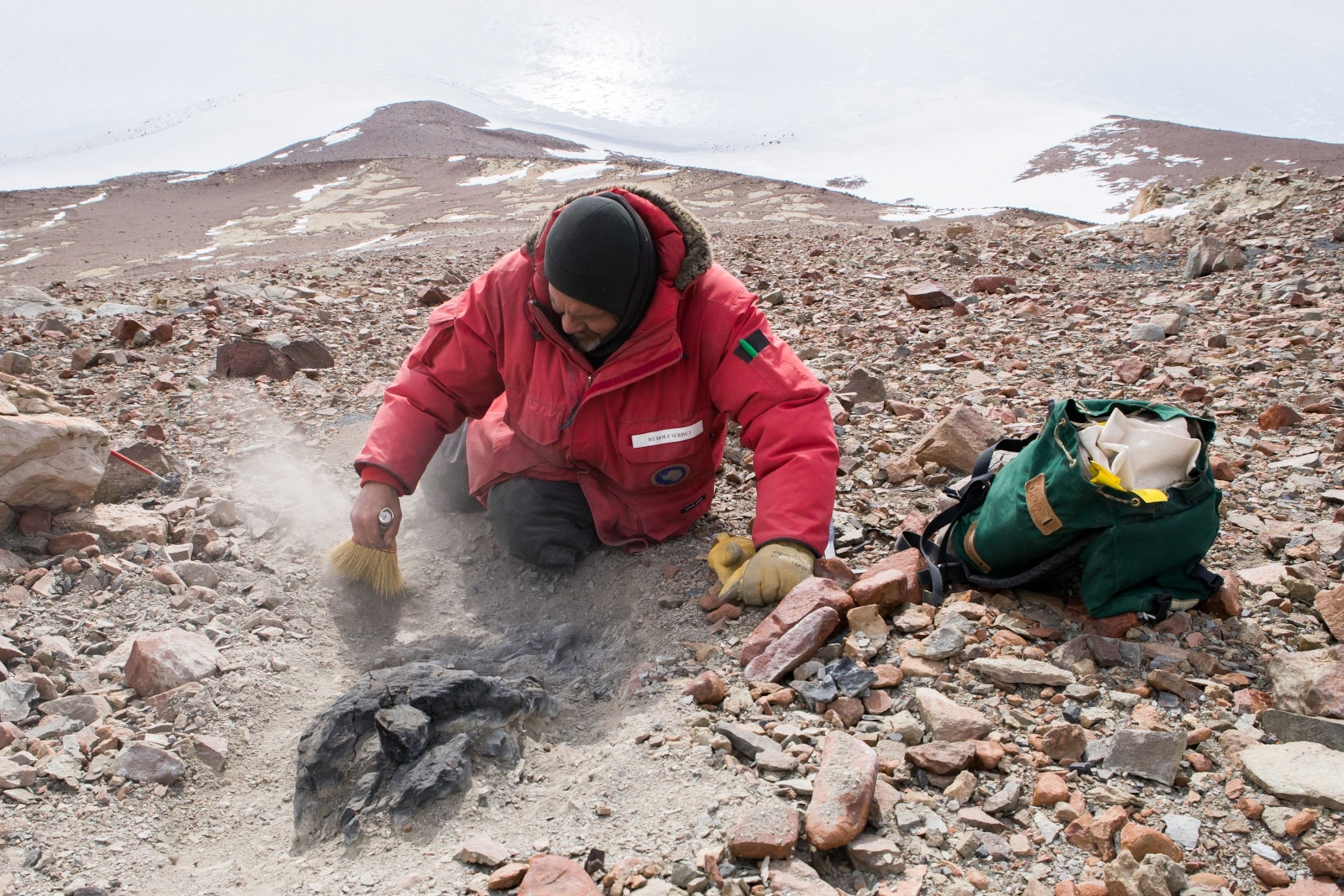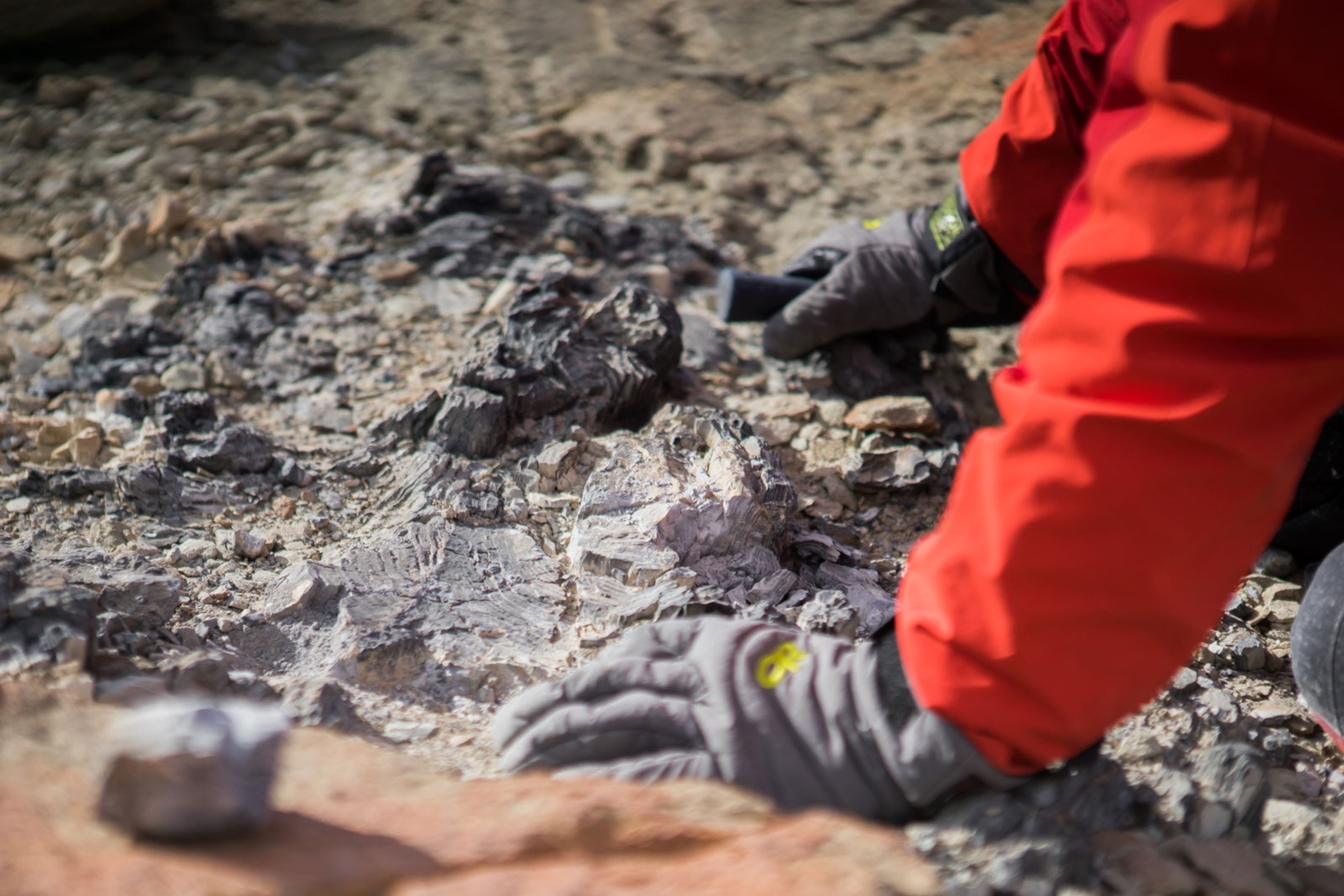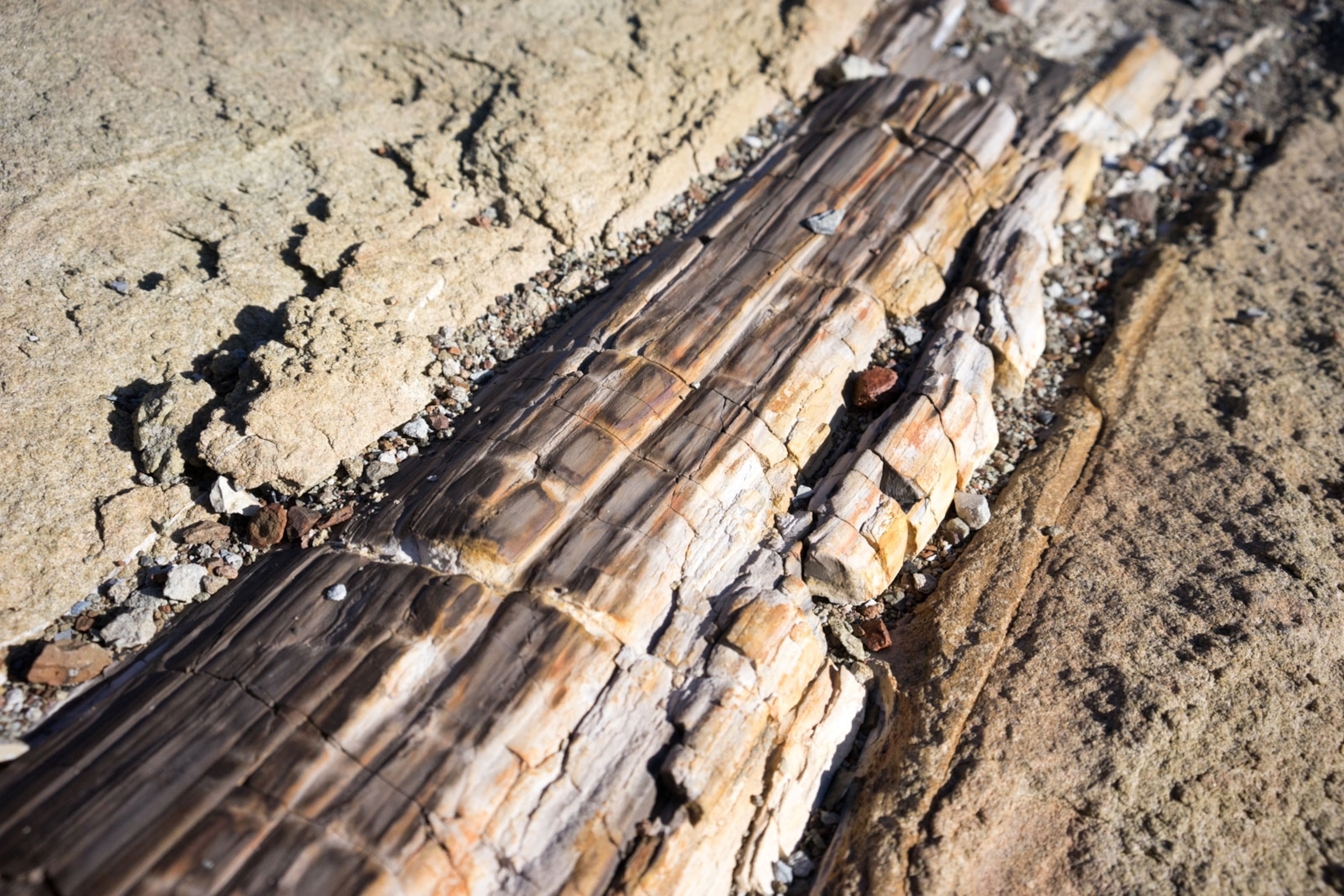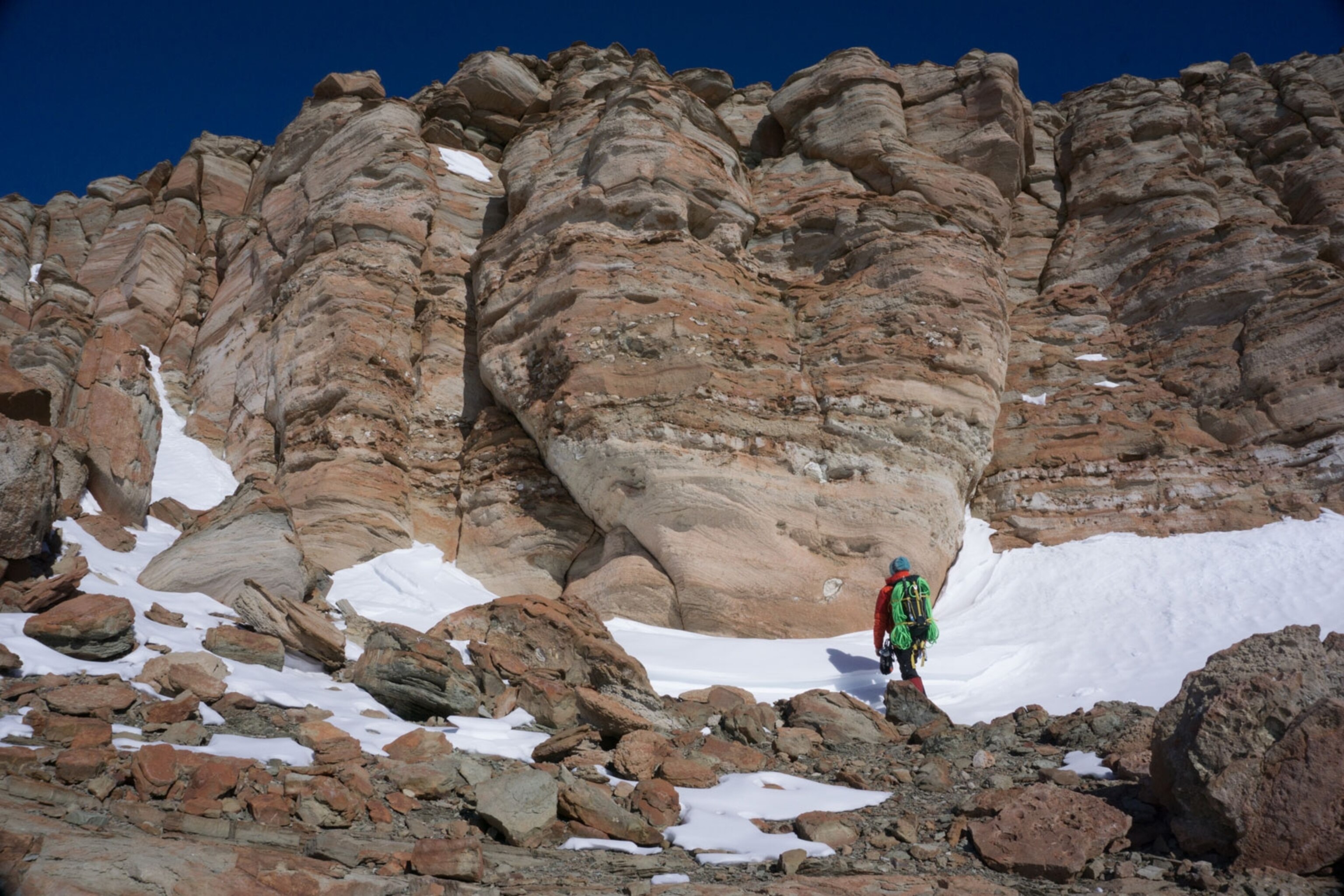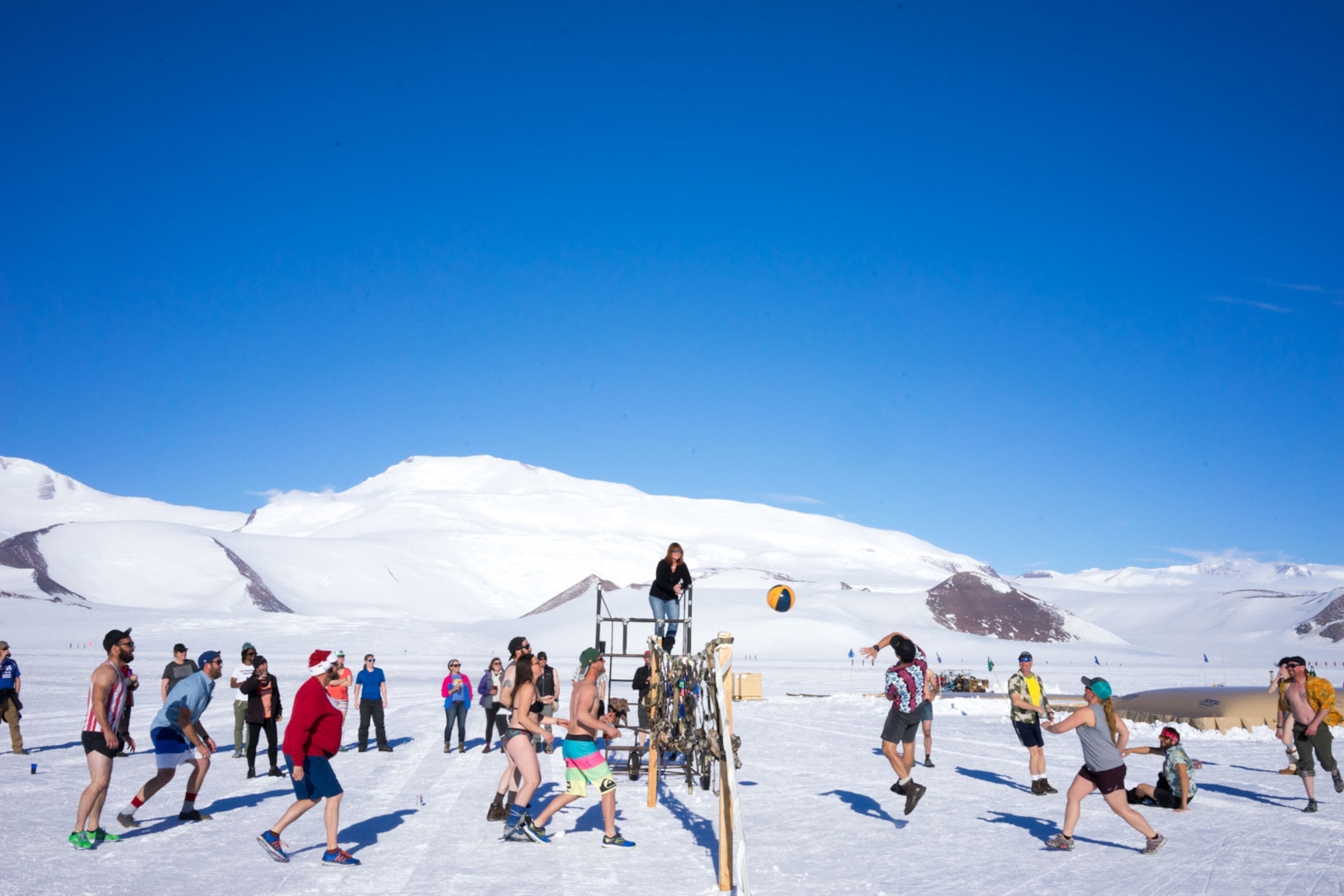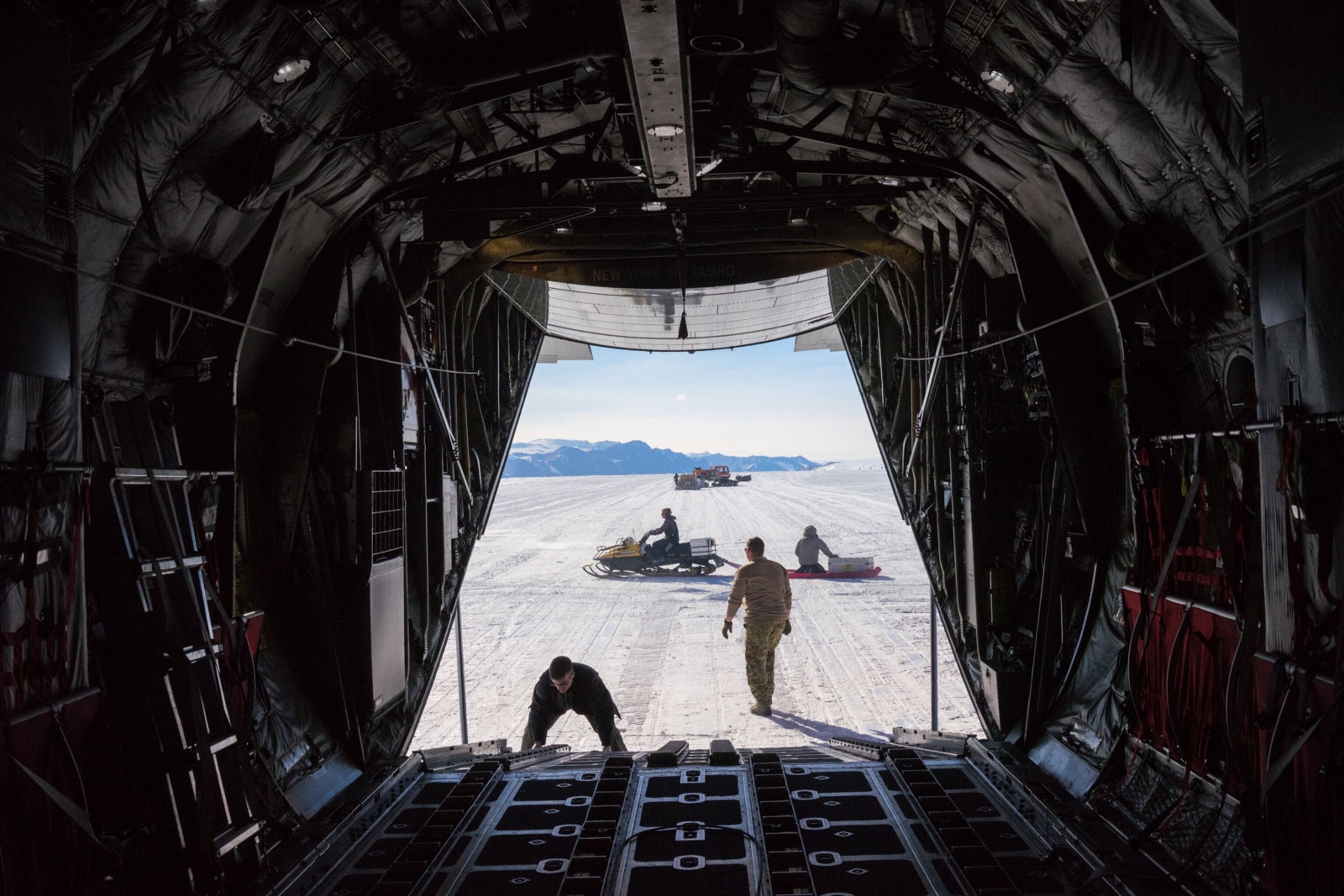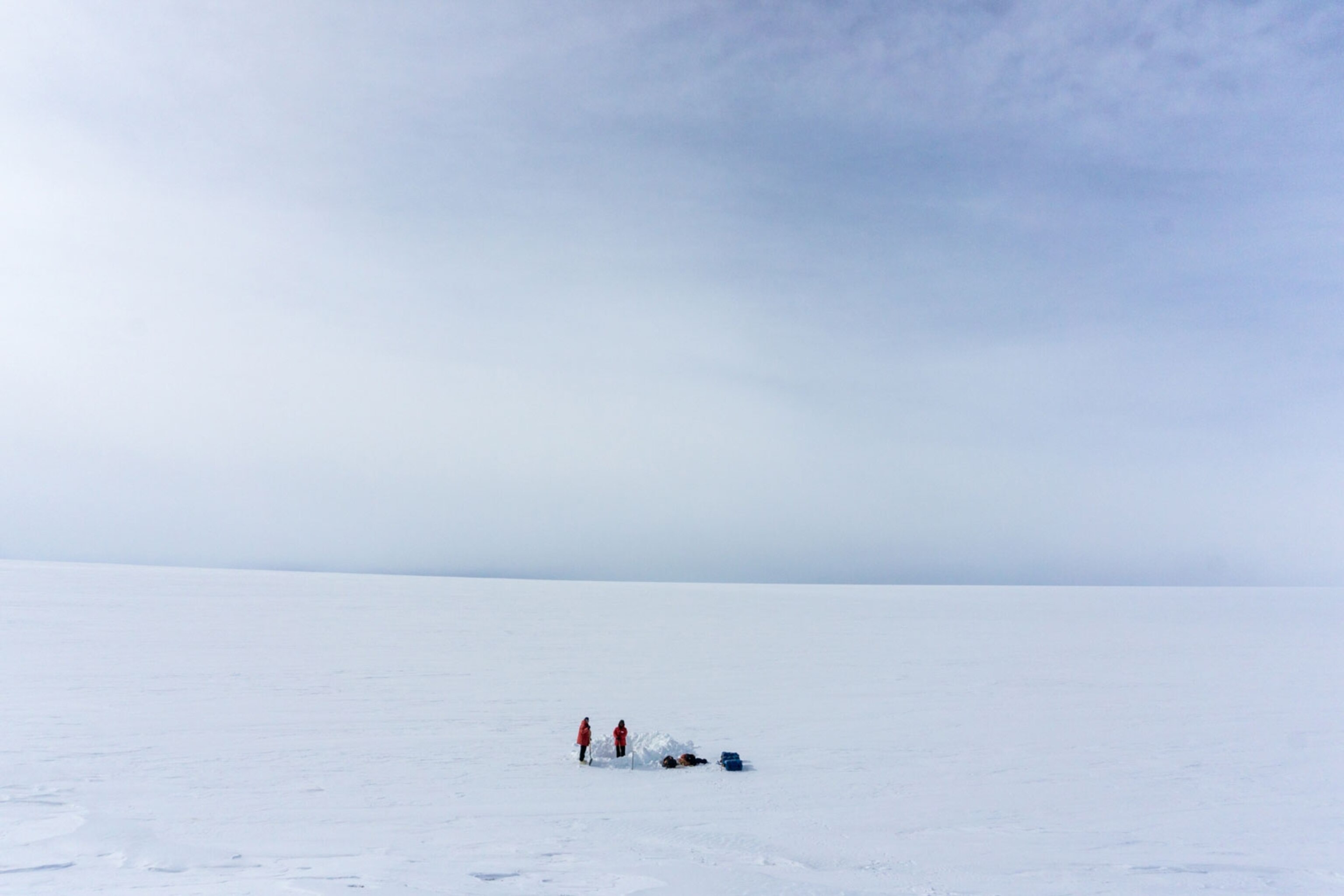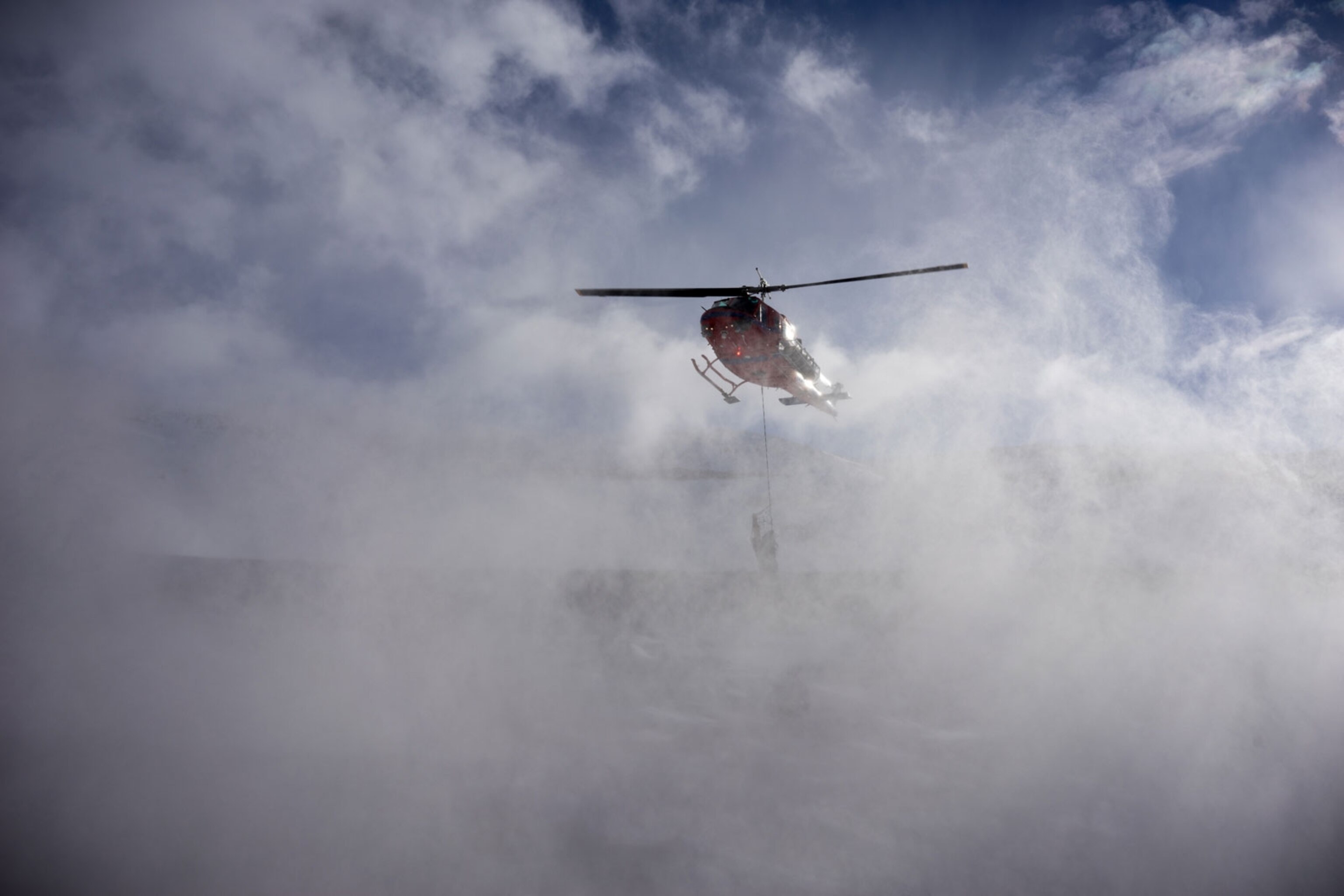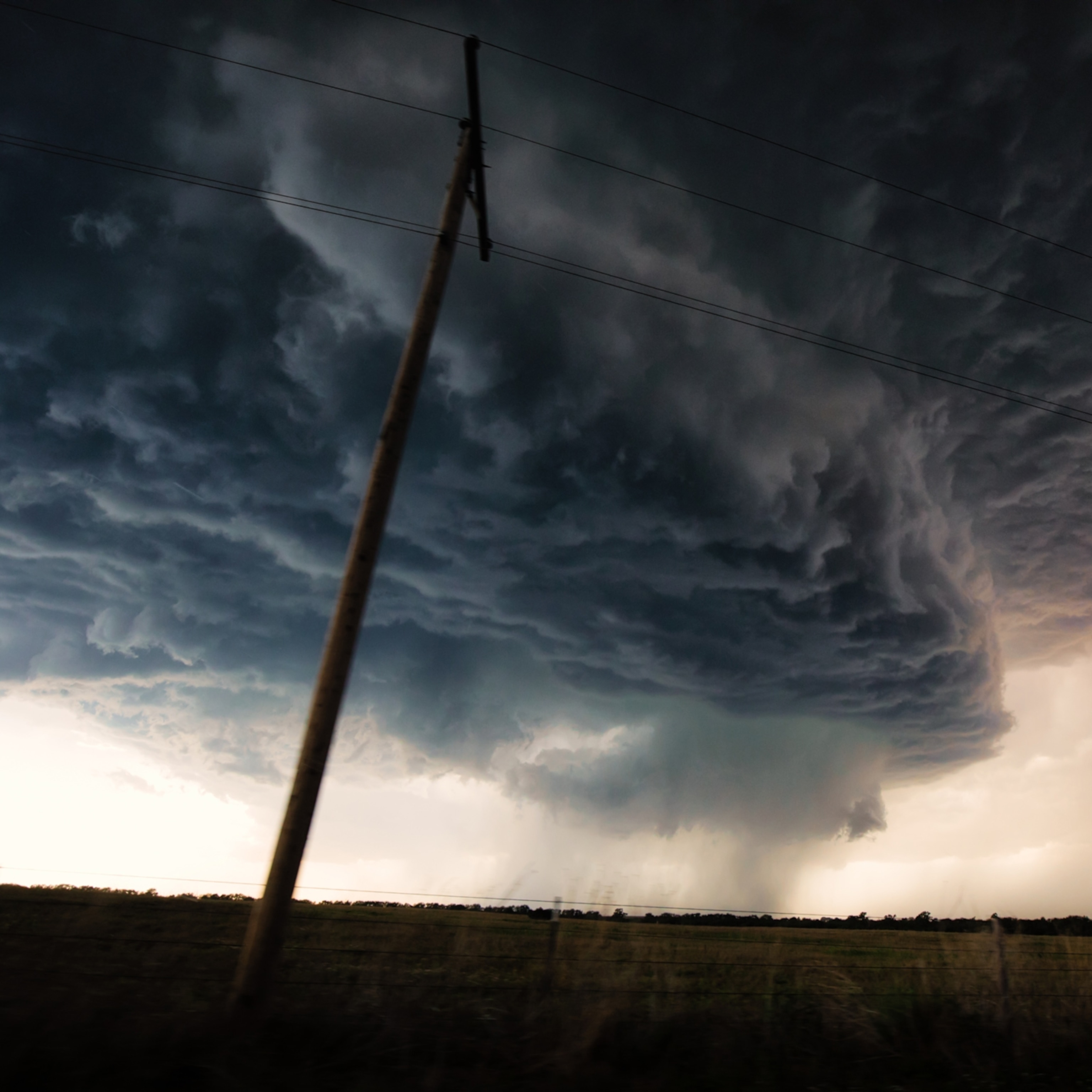Five New Fossil Forests Found in Antarctica
Hundreds of millions of years ago, Antarctica was carpeted with prehistoric greenery. Now, scientists may have uncovered clues about what happened in the "Great Dying," or Permian extinction.
Antarctica is one of the harshest environments on the planet. As the coldest, driest continent, it harbors a world of extremes. The powerful katabatic winds that rush from the polar plateau down the steep, vertical drops around the continent's coast can stir up turbulent snowstorms lasting days or weeks, and the endlessly barren terrain gives Antarctica the title of the world's largest desert.
Today, polar summers pound the continent with 24 unforgiving hours of light for about half the year, before polar winters plunge it into complete darkness for the other half. Regardless of the season, the temperatures are consistently below freezing, making treks to the landmass unthinkable for the faint of heart.
But Antarctica wasn't always like this. Hundreds of millions of years ago, the continent was smushed together with other modern-day landmasses to form the supercontinent Gondwana. Gondwana was humid and carpeted with a network of hardy plants. As the turbulent climate shifted from hot to cold on a sometimes monthly basis, the streamlined foliage would have needed to withstand extremes.
But then, a massive extinction event pulsed through the land. It catapulted nearly all life to an end, obliterating more than 90 percent of the world's species at the time.
What caused this die-off, called the Permian extinction or the Great Dying, is still shrouded in mystery. Clues to the massacre come to us in the form of fossilized trees, but much of the reasons behind this extinction remain unsolved. And that's why a handful of intrepid scientists traveled to Antarctica this winter, curious to uncover clues about what led to the end of the continent's forested past.
"Our goal this year was to study fossil ecosystems around the time of the late Permian," says Erik Gulbranson, a University of Wisconsin-Milwaukee professor who was one of three team leaders on an expedition to the continent in late 2017. "What we're able to see in these fossil ecosystems is something we've never seen before in Antarctica."
The team discovered five new fossil forests that would have lived into and beyond the Permian extinction interval. This was the most fossil forests they have found in one season, and it nearly doubles the known fossil forests in Antarctica.
"These new findings tell us how these organisms were reacting or responding to the climatic or environmental changes that were taking place during the extinction crisis," Gulbranson says. "Having a fossil record of the extinction interval is our only understanding of how life on the planet goes through such an event."
This work is timely, since many scientists warn that we're going through an extinction period right now, spurred by human disruptions to natural systems.
Making the Trek
What we know about the Permian extinction we know through marine fossils of animals that once lived in the oceans. Many scientists agree that during this period about 299 to 251 million years ago, a volcanic event triggered a crisis that exterminated about 90 percent of all species on the planet. It eradicated more than 95 percent of marine species and more than 70 percent of all land species.
But beyond the broad outlines, a number of the details are unclear. Some geologists and paleontologists say the Permian extinction occurred over 15 million years, but others say it lasted 20,000 years—a blink of an eye in the scheme of geologic time.
The team that Gulbranson, along with his colleague John Isbell and the University of Kansas's Rudolf Serbet and Edith L. Taylor, put together has diverse skillsets. There's Park University biology professor Patricia Ryberg, who studies the anatomy and morphology of paleobotany, or fossilized plants. There's also Brian Atkinson, a postdoctoral researcher at the University of Kansas who focuses on seed plants from the Cretaceous period, which is after the Permian. Whereas Ryberg had been on three Antarctic expeditions with Gulbranson, Atkinson had never been to Antarctica before. In fact, this was the second time he had camped out in his life.
"Going to Antarctica is like going to another planet," Atkinson says. "When you're searching for plant fossils, it's like traveling through time. This is as exotic as it gets."
Gulbranson says this expedition was easily one of the most significant and productive field seasons the team has had to date. At the end of November, the seven-person team left for Antarctica. By early December, they flew a Lockheed LC-130 military aircraft to the Shackleton and McGregor glaciers in the middle of the continent. They pitched two camps, setting up one as a base. For the duration of the 21-day trip, they flew between the two sites by helicopter.
"Those [helicopter] blades are one of the scariest things that you can experience up close," says Atkinson. The scientists had to constantly jump in and out of choppers—whose thumping blades could slice off a limb in a split second. With the closest hospital thousands of miles away, they had to be cautious coming in and out of the aircraft.
New Fossil Forests
Thirty-mile-per-hour winds pounded the team for days, sometimes lasting up to 12 hours at a time. As they were studying rocks and hiking the first camp, the team discovered five new fossil forests that no one knew existed on the continent. They found some fossil remnants at the second site, but nothing as significant as their findings at the first.
The fossilized trees look a lot like the petrified forests of Yellowstone National Park. Before this expedition, science wasn't sure if the Permian interval was preserved in sedimentary rocks in Antarctica, but the expedition members think the sedimentary succession they discovered happened at the same time as the extinction interval. That means these new fossil forests would have lived into and beyond the extinction event, representing three distinct ecologic niches from 251 million years ago.
This connection between plants and ecosystems during the extinction event hasn't been seen until now. The team hopes the discovery can give some clues as to how the Permian extinction played out on land. Ancient microbial life may have played an important role, the team suspects.
"I'm trying to put a puzzle together, but I have no reference picture to do it," Ryberg says.
Pushing Up Petrified Plants
Permian-era plants are like nothing alive today, Ryberg says. She studies a group of foliage in the genus Glossopteris, which is characterized by woody plants dated roughly 300 to 200 million years ago. The fossil record tells us that Glossopteris plants commonly had tongue-shaped leaves found in thick mats, leading scientists to think they were deciduous.
"Plants are so weird," Atkinson adds. "There's a whole lot of different morphologies that you just don't see in modern plants. The more we get to know these plants, the more weird they become."
By studying such past changes, scientists hope to get more windows onto the future. There's time pressure, because conservationists warn that in about 300 years, 75 percent of all mammal species may have disappeared from the planet. By 2060, some say we could see 30 percent of all species go extinct. Whereas other extinction events have been triggered by natural causes, the one we may be in is likely driven by habitat destruction, climate change, and pollution, among other factors.
The Permian extinction may teach us how species react—and adapt—to extinction, Gulbranson says.
For as long as mysteries such as the Great Dying remain, curious scientists will be trekking to remote locations to learn about our planet's past. This kind of research takes scientific know-how, endurance, and—perhaps most of all—curiosity.
"There's a certain type of badassness that is required for scientists who want to go to a remote camp in the middle of Antarctica to collect fossils and rock data," Atkinson says. "I have to go back."
A previous version of this story misspelled John Isbell's and Rudolph Serbet's names. The story has been updated.
